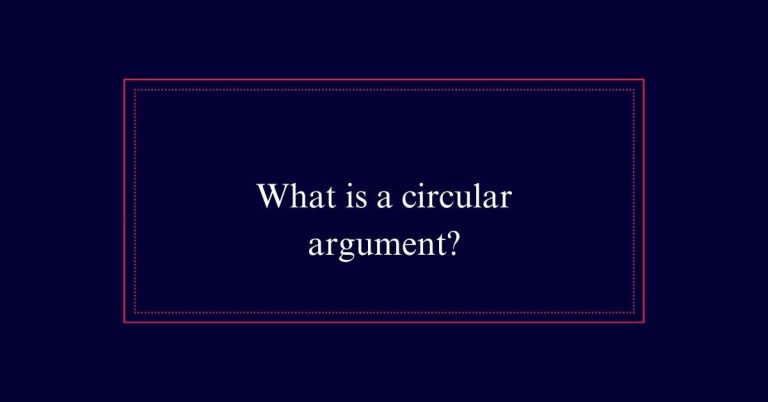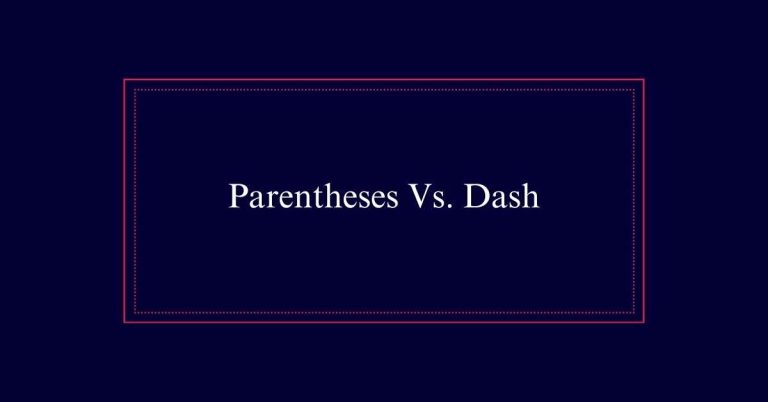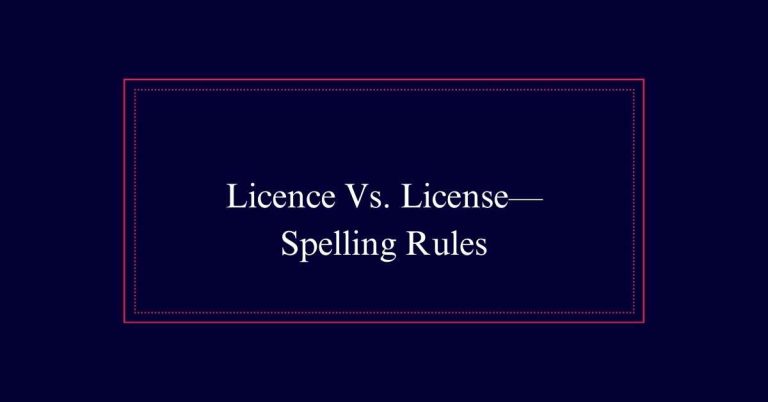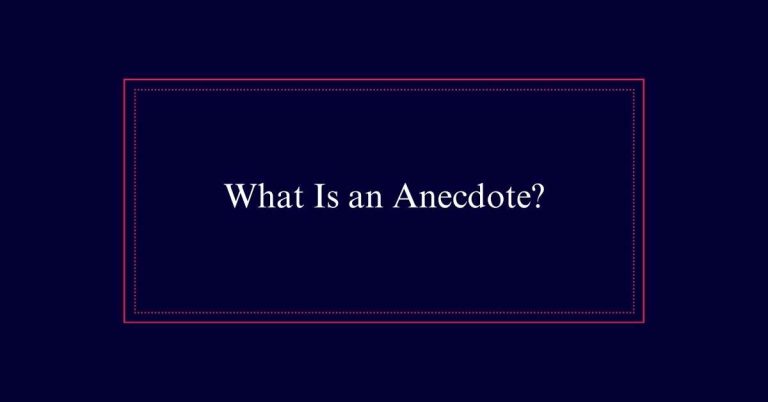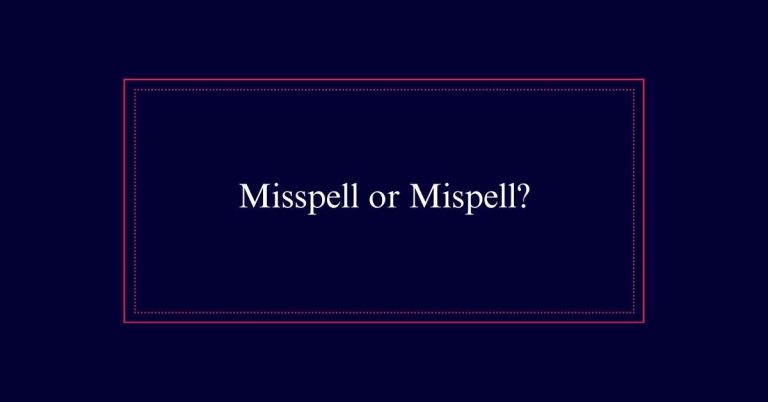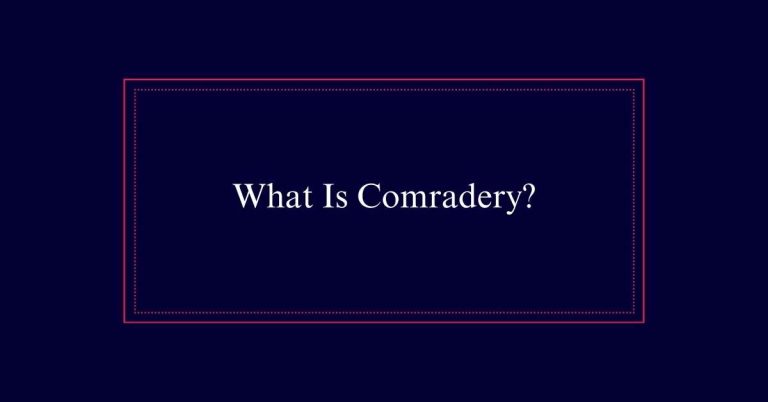What is FANBOYS? Coordinating Conjunctions
FANBOYS is an acronym for the seven core coordinating conjunctions: for, and, nor, but, or, yet, and so. These words connect elements of the same grammatical type, like words, phrases, or clauses, to guarantee clear and cohesive sentences. For instance, they can join two nouns, such as ‘pen and paper,’ or link two independent clauses to form compound sentences.
Using FANBOYS correctly enhances the flow and readability of writing. Proper comma usage before these conjunctions further refines sentence structure.
What Are Coordinating Conjunctions?
Coordinating conjunctions are words that connect elements of the same grammatical type. They bring together words, phrases, or clauses on an equal level. This guarantees grammatical consistency and cohesion within sentences.
Common coordinating conjunctions include for, and, nor, but, or, yet, and so. These are often remembered by the acronym FANBOYS.
When joining single words, coordinating conjunctions connect words of the same part of speech, such as ‘pen and paper’ or ‘challenging yet helpful.’ They can also link phrases of the same grammatical type, like ‘the antique desk and the modern lamp.’
Additionally, coordinating conjunctions join independent clauses to form compound sentences, enhancing sentence complexity and clarity.
The Role of FANBOYS
The acronym FANBOYS represents the seven essential coordinating conjunctions: for, and, nor, but, or, yet, and so. These conjunctions play a vital role in constructing clear and cohesive sentences. They connect elements of the same grammatical type, such as individual words, phrases, or independent clauses. By doing so, they help to maintain grammatical consistency and enhance the overall flow of writing.
For instance, they can join two nouns, two phrases, or two complete sentences. This not only aids in creating compound sentences but also adds variety and depth to written expression. Understanding the role of FANBOYS is fundamental for anyone aiming to write with clarity and precision.
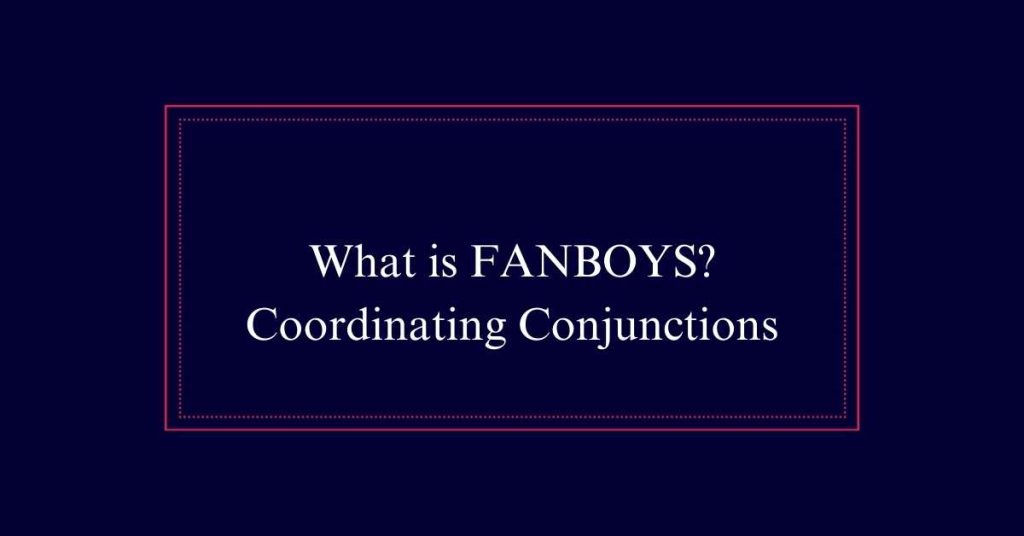
Connecting Single Words
FANBOYS not only join complete sentences but also connect individual words to create harmony in writing. These coordinating conjunctions bring together words of the same grammatical type, ensuring fluidity and coherence.
For example, ‘pen and paper’ or ‘challenging yet helpful’ illustrate how FANBOYS can unite nouns or adjectives. This practice guarantees that the connected words maintain grammatical consistency, which is essential for clear communication.
By using FANBOYS, writers can create lists or pairings that are easy to read and understand. Remember, the connected words should belong to the same part of speech, like ‘shower and bathe,’ to preserve the sentence’s structure.
Maintaining Grammatical Consistency
Maintaining grammatical consistency guarantees that sentences are clear and cohesive. Coordinating conjunctions play a critical role in this process. They join elements of the same grammatical type, ensuring that the parts of a sentence match in structure.
For instance, when connecting single words, both should be of the same part of speech, like ‘pen and paper.’ Similarly, phrases must be parallel, as in ‘the antique desk and the modern lamp.’
When joining independent clauses, coordinating conjunctions like ‘and’ or ‘but’ create compound sentences, enhancing complexity and clarity. Additionally, the proper use of commas before coordinating conjunctions in compound sentences further secures readability.
Linking Phrases
Coordinating conjunctions effectively link phrases of the same grammatical type. This guarantees that sentences are clear and cohesive.
For example, in the phrase ‘the antique desk and the modern lamp,’ the conjunction ‘and’ joins two noun phrases. These phrases are of equal importance and structure.
Similarly, phrases like ‘running quickly yet silently’ use ‘yet’ to join two adverbial phrases.
Enhancing Sentence Structure
Using coordinating conjunctions correctly can greatly enhance sentence structure. When used properly, these conjunctions guarantee that sentences are clear, concise, and cohesive.
Here are three key ways coordinating conjunctions improve sentence structure:
- Clarity: Coordinating conjunctions help to clearly connect similar ideas, making it easier for the reader to understand the relationship between different parts of a sentence.
- Flow: They create a smooth progression between words, phrases, or clauses, enhancing the overall readability of the text.
- Variety: Using different conjunctions like ‘and,’ ‘but,’ or ‘yet’ can add variety to sentence construction, preventing repetitive and monotonous patterns.
Joining Independent Clauses
To further enhance sentence structure, joining independent clauses with coordinating conjunctions is key. Independent clauses can stand alone as complete sentences. When combined, they create more complex and interesting sentences.
For example, ‘I wanted something to eat, but I looked in the fridge.’ Here, the clauses are joined by the coordinating conjunction ‘but.’ Each clause could be a sentence on its own, but linking them adds depth.
Using coordinating conjunctions like ‘and,’ ‘but,’ ‘or,’ ‘nor,’ ‘for,’ ‘so,’ and ‘yet’ guarantees fluidity and coherence. Always place a comma before the conjunction when joining independent clauses. This rule helps maintain clarity and readability in writing.
Creating Compound Sentences
Creating compound sentences involves combining two or more independent clauses with coordinating conjunctions to enhance sentence complexity and fluidity. This technique allows writers to link related thoughts, creating a more engaging and coherent narrative.
The seven common coordinating conjunctions, remembered by the acronym FANBOYS, are: for, and, nor, but, or, yet, and so.
To create effective compound sentences, consider the following steps:
- Identify independent clauses: Each clause should be able to stand alone as a complete sentence.
- Choose the appropriate conjunction: Select a FANBOYS conjunction that best conveys the relationship between the clauses.
- Combine clauses correctly: Make sure each clause retains its meaning while contributing to the overall sentence structure.
Using Commas Appropriately
Proper comma usage is essential when combining independent clauses with coordinating conjunctions. When joining two independent clauses with a conjunction like ‘and’ or ‘but,’ place a comma before the conjunction.
For example: ‘I wanted to go for a walk, but it started to rain.’ The comma helps to clarify the separation between the two clauses, making the sentence easier to read.
However, if the clauses are short and closely related, the comma is sometimes omitted. For instance: ‘I ran and I won.’
The Oxford Comma
The Oxford comma, also known as the serial comma, is placed before the final coordinating conjunction in a list. Its use can clarify meaning and prevent ambiguity.
For example, consider the sentence: ‘I invited my parents, Oprah Winfrey, and Barack Obama.’ Here, the Oxford comma clarifies that three separate entities are invited.
Using the Oxford comma is important for several reasons:
- Clarity: It prevents misinterpretation of grouped items.
- Consistency: It maintains a uniform style throughout the text.
- Professionalism: It often aligns with formal writing standards.
Frequently Asked Questions
Can Coordinating Conjunctions Be Used in Dialogue Writing?
Yes, coordinating conjunctions can be used in dialogue writing. They help create natural conversations by connecting words, phrases, or clauses. This makes dialogue more relatable and maintains grammatical consistency while enhancing sentence structure.
How Do Coordinating Conjunctions Differ From Subordinating Conjunctions?
Coordinating conjunctions connect elements of equal grammatical rank, such as words, phrases, or clauses. In contrast, subordinating conjunctions link dependent clauses to independent clauses, indicating relationships like cause, time, or condition within sentences.
Can FANBOYS Be Used at the Beginning of a Sentence?
Yes, FANBOYS can be used at the beginning of a sentence. However, this is acceptable in informal writing and might be considered less formal in academic or professional contexts. It can add emphasis or a conversational tone.
What Are Common Mistakes When Using Coordinating Conjunctions?
Common mistakes when using coordinating conjunctions include incorrect comma placement, joining incompatible grammatical elements, and overusing conjunctions, which can lead to run-on sentences. Ensuring grammatical consistency and clarity is essential for effective sentence structure.

